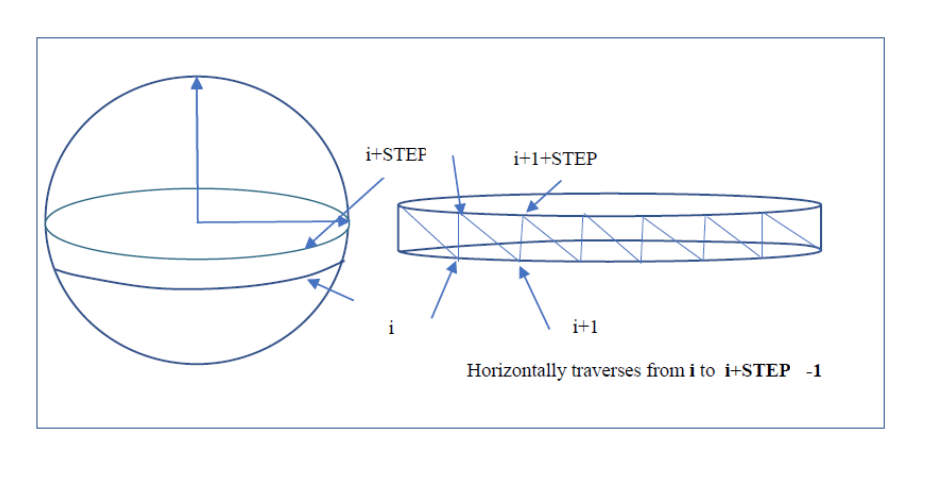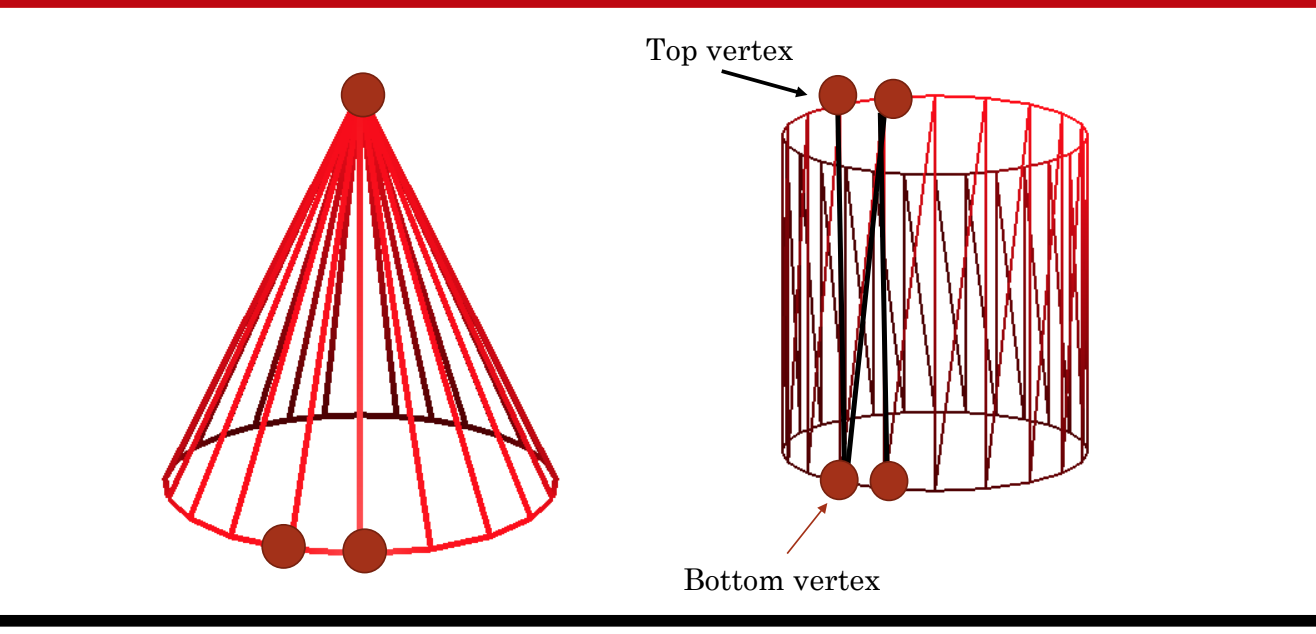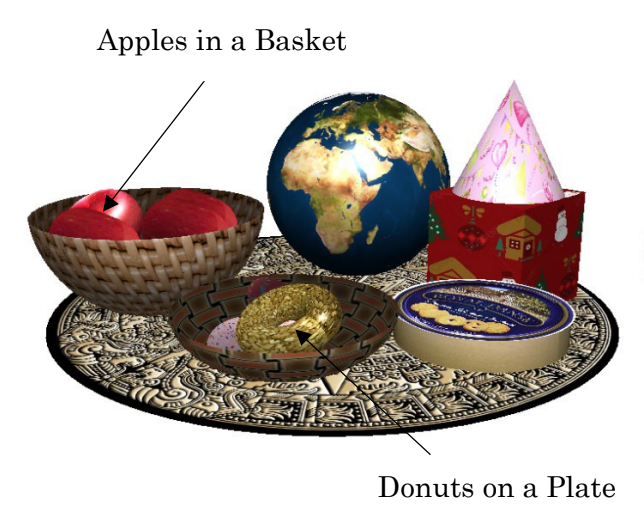
Each iteration generates two vertices: top (points[i]) and bottom (points[i + STEP]) and find out triangle one (points[i], points[i + STEP], points[i + 1]), and triangle two (points[i + STEP], points[i + 1], and points[i + 1+ STEP]).

Each iteration established a relationship between consecutive base vertices and find out (p1, p2, and p3) in a particular triangle making a cross product between (p3-p1) and (p2-p1).
